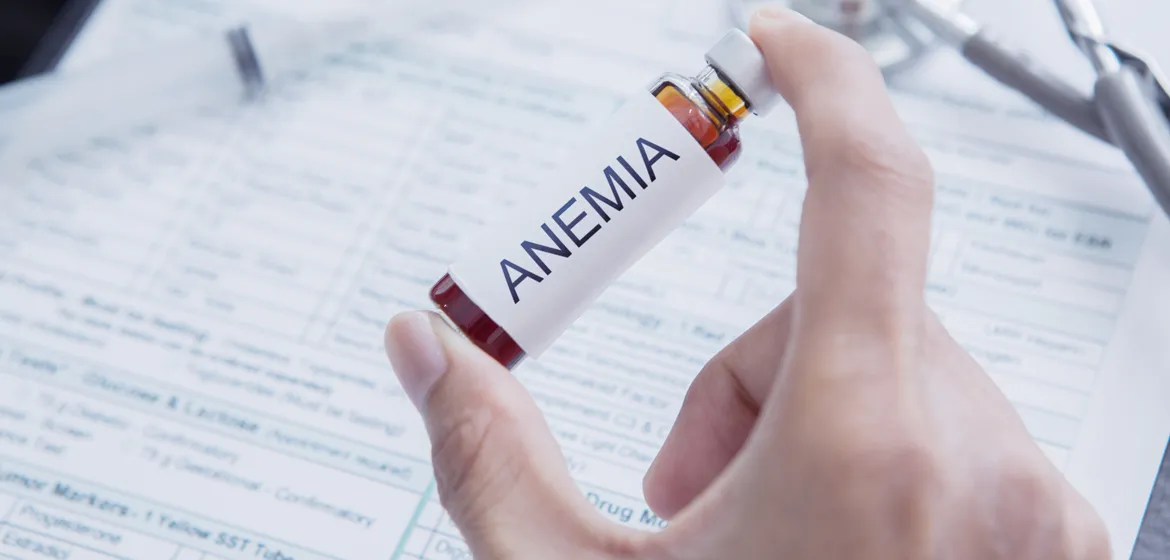A Beginner’s Guide to Understanding Iron Deficiency Anemia ICD-10
Introduction:
Iron deficiency anemia (ICD-10 code D50) is a common health condition that affects millions of people worldwide. It occurs when the body lacks enough iron to produce sufficient red blood cells, leading to a range of symptoms that can impact daily life. In this beginner’s guide, we’ll delve into the basics of iron deficiency anemia, its causes, symptoms, diagnosis, and treatment.
Understanding Iron Deficiency Anemia:
To begin with, it’s crucial to comprehend the role of iron in our body. Iron is an essential mineral that plays a key role in the production of hemoglobin, a protein in red blood cells responsible for carrying oxygen from the lungs to the rest of the body. Without adequate iron, the body cannot produce enough healthy red blood cells, resulting in anemia.

Image Credit – https://doccharge.com/
Causes of Iron Deficiency Anemia:
Iron deficiency anemia can be caused by various factors, and understanding these triggers is essential for effective management. Some common causes include:
- Inadequate Dietary Intake:
- Not consuming enough iron-rich foods such as red meat, poultry, fish, beans, and leafy green vegetables.
- Poor Iron Absorption:
- Certain medical conditions, such as celiac disease or inflammatory bowel diseases, can hinder the absorption of iron from the digestive system.
- Blood Loss:
- Chronic blood loss, whether from heavy menstrual periods, gastrointestinal bleeding, or other sources, can deplete the body’s iron stores over time.
Symptoms of Iron Deficiency Anemia:
Recognizing the symptoms is vital for early detection and intervention. Common signs of iron deficiency anemia include:
- Fatigue:
- Persistent tiredness and weakness, even after adequate rest, is a hallmark symptom of anemia.
- Pale Skin:
- A noticeable paleness in the skin, especially in the face, is a result of reduced hemoglobin levels.
- Shortness of Breath:
- Difficulty breathing or shortness of breath, particularly during physical activity, can be an indicator of insufficient oxygen-carrying capacity in the blood.
- Headaches and Dizziness:
- Insufficient oxygen supply to the brain can lead to headaches, dizziness, and difficulty concentrating.
Diagnosing Iron Deficiency Anemia:
If you suspect iron deficiency anemia, seeking medical attention for a proper diagnosis is crucial. A healthcare professional will conduct a thorough evaluation, which may include:
- Blood Tests:
- Hemoglobin and hematocrit levels, along with serum ferritin, iron, and total iron-binding capacity tests, provide a comprehensive picture of iron status.
- Physical Examination:
- A physical examination, coupled with a detailed medical history, helps the healthcare provider assess symptoms and potential contributing factors.
- Endoscopic Procedures:
- In cases of suspected gastrointestinal bleeding, endoscopic procedures like colonoscopy or gastroscopy may be recommended.
Treatment and Management:
Once diagnosed, effective treatment strategies aim to replenish iron levels and address the underlying causes. Common approaches include:
- Iron Supplements:
- Oral iron supplements, prescribed by a healthcare professional, can help restore iron levels. It’s essential to follow the prescribed dosage for optimal results.
- Dietary Changes:
- Incorporating iron-rich foods into the diet, such as lean meats, beans, nuts, and fortified cereals, is crucial for ongoing management.
- Addressing Underlying Causes:
- Treating the root causes of iron deficiency, such as managing gastrointestinal conditions or addressing menstrual issues, is essential for long-term success.
Preventing Iron Deficiency Anemia:
Taking proactive steps to prevent iron deficiency anemia is key, especially for individuals at higher risk. Some preventive measures include:
- Balanced Diet:
- Ensuring a well-balanced diet that includes a variety of iron-rich foods helps maintain adequate iron levels.
- Iron-Fortified Foods:
- Incorporating iron-fortified foods, such as cereals and bread, into the diet provides an additional source of this essential mineral.
- Regular Check-ups:
- Periodic health check-ups, including blood tests, can help identify and address iron deficiency before it becomes severe.
Conclusion:
Iron deficiency anemia is a common yet treatable condition that requires attention and proper management. Understanding its causes, recognizing symptoms, and seeking timely medical intervention are crucial steps towards a healthier and more vibrant life. By adopting a balanced diet, staying vigilant about potential risk factors, and working closely with healthcare professionals, individuals can overcome iron deficiency anemia and embrace a life filled with vitality and well-being.



